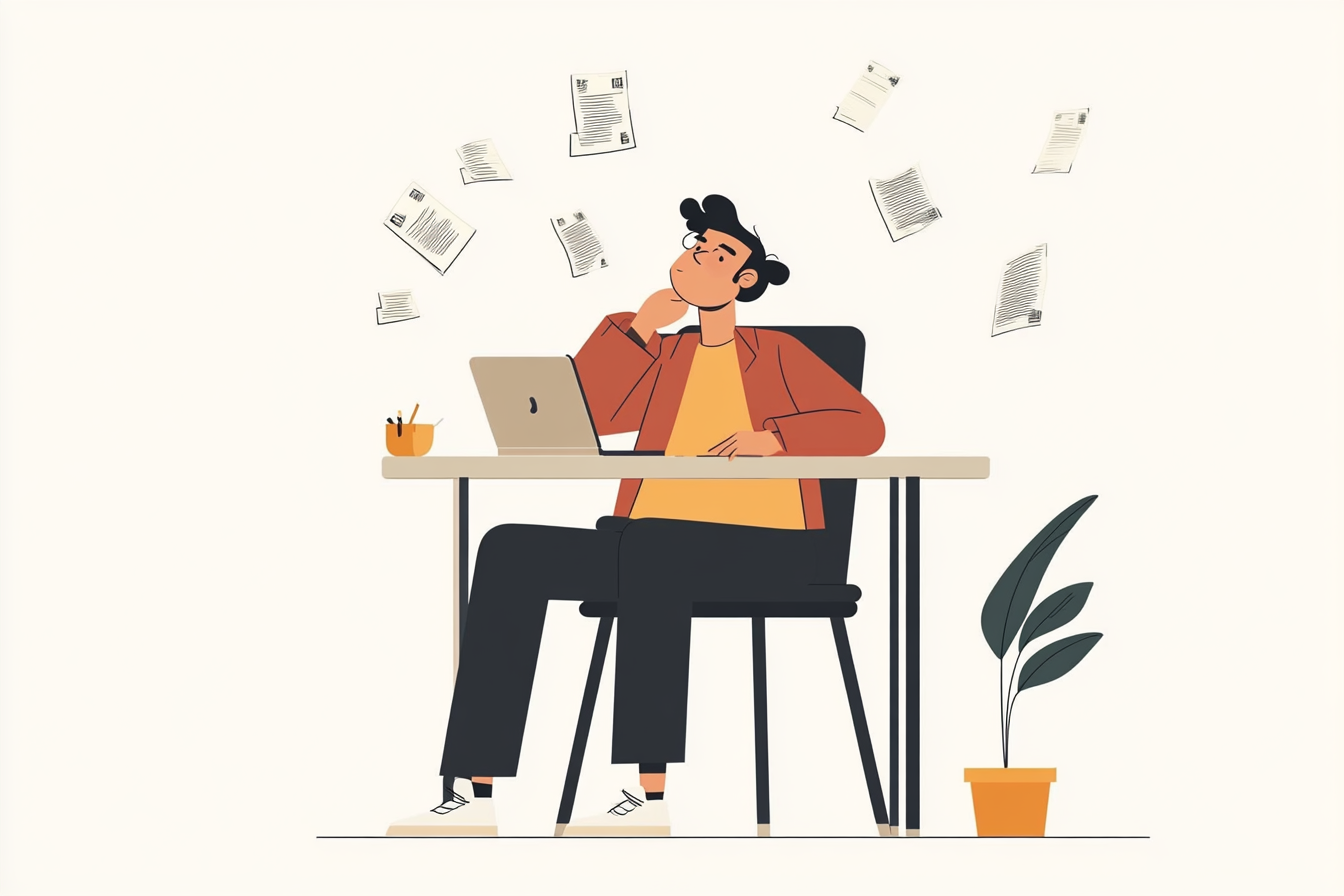The cost of groceries, gasoline, utilities, and other necessities has risen steadily, but inflation-adjusted wages have mostly stagnated. As a result, many consumers have less money available to pay for goods and services. The Federal Reserve increased interest rates in an attempt to combat inflation, making it more expensive to borrow money.
For some people, rising costs, rising interest rates and stagnant wages have made it impossible to keep up with existing loans and credit card payments. If you’re one of them, you may benefit from filing for bankruptcy. Keep reading, and we will share more about bankruptcy and how it works to determine if it’s right for you.
What Is Bankruptcy?
Bankruptcy is defined as the legal process that helps you eliminate debt or reorganize your debts to make them easier to manage. The U.S. Bankruptcy Code governs all bankruptcy filings, so every case goes through a federal court. Here’s how the process works:
- Meet with an attorney to explain your financial situation. If you agree that bankruptcy is the best way forward, proceed to the next step.
- Provide information to help your attorney prepare your bankruptcy filing. Every filing must have several statements and schedules. For example, you have to provide information about your income, assets and debts. Your attorney may have you fill out a questionnaire to ensure you don’t forget to list anything.
- Sign the petition and have your attorney submit it to the court.
- Appear at the “meeting of the creditors.” Also known as a 341 proceeding, this meeting allows the bankruptcy trustee to question you while you’re under oath. Creditors are also given the option of attending, but they’re not required to appear. Before the meeting begins, you must show your photo ID and provide proof of your Social Security number.
- If you filed for Chapter 7 bankruptcy, your eligible debts will be discharged. Once the discharge occurs, you need to continue paying your remaining debts. If you filed for Chapter 13 bankruptcy, you’ll have to follow a repayment plan approved by the court. Once you make your final payment, then the trustee will file a motion to terminate your payroll deductions (if any) and return your excess funds (if there are any).
Types of Bankruptcy

While there are technically six types of bankruptcy, Chapter 7 and 13 are the most common, as they apply to the greatest number of consumers. Chapter 15 applies only when an individual is subject to the laws of the United States and at least one other country. Chapter 12 is exclusively for family farmers and fishermen. Chapters 11 and 13 are both limited to business filers. Chapter 9 is for municipal governments that need to reorganize their debts.
Chapter 7 Bankruptcy
Chapter 7 bankruptcy, sometimes called liquidation bankruptcy, is for consumers who don’t have enough income to repay their debts. In this type of bankruptcy, a trustee takes control of the filer’s assets, liquidates them (converts them to cash) and then uses the liquidation proceeds to repay as many creditors as possible. You’re entitled to several property exemptions, so the trustee may allow you to keep some of your assets during this process.
Chapter 13 Bankruptcy
Chapter 13 bankruptcy is for consumers with too much income to qualify for Chapter 7. Instead of liquidating assets, the trustee approves a repayment plan, giving you time to repay your creditors. Since you end up with a repayment plan, you get to keep your property instead of turning it over to the trustee.
Alternatives to Bankruptcy
Debt consolidation may be a viable alternative if you don’t want to file for bankruptcy. When you consolidate your debts, you take out a new loan and use the funds to pay off your existing debts. Consolidation doesn’t eliminate your debt, but it may help you qualify for a lower interest rate and/or a lower monthly payment, making your debt more manageable.
Another option is to increase your income so that you have enough money to repay your debts. You can pick up a second job, freelance, drive for Uber or start your own business. The more income you have, the faster you can pay off your debts.
Frequently Asked Questions About Bankruptcy
How Long Does Bankruptcy Affect Your Credit?
Depending on which type you file, a bankruptcy typically stays on your credit reports for 7 to 10 years. However, you can start working to improve your credit score in as little as 1 year.
Do You Lose Your Personal Property in a Bankruptcy?
Creditors are allowed to seize assets and use them to cover your debts. However, filing bankruptcy gives you access to a broad set of exemptions, reducing the risk that you’ll lose your property. For example, the federal motor vehicle exemption is $4,450.
What Are the Benefits of Filing Bankruptcy?
The key advantage of filing bankruptcy is that you get a fresh start. Instead of dealing with collection agencies, you can focus on building positive financial habits. Additionally, filing bankruptcy triggers an automatic stay on certain types of collection activity. This means that most creditors must stop calling you, making life a little less stressful.
You might also be interested in: How Your Debt Is Mentally Draining You (And What to Do About It)






